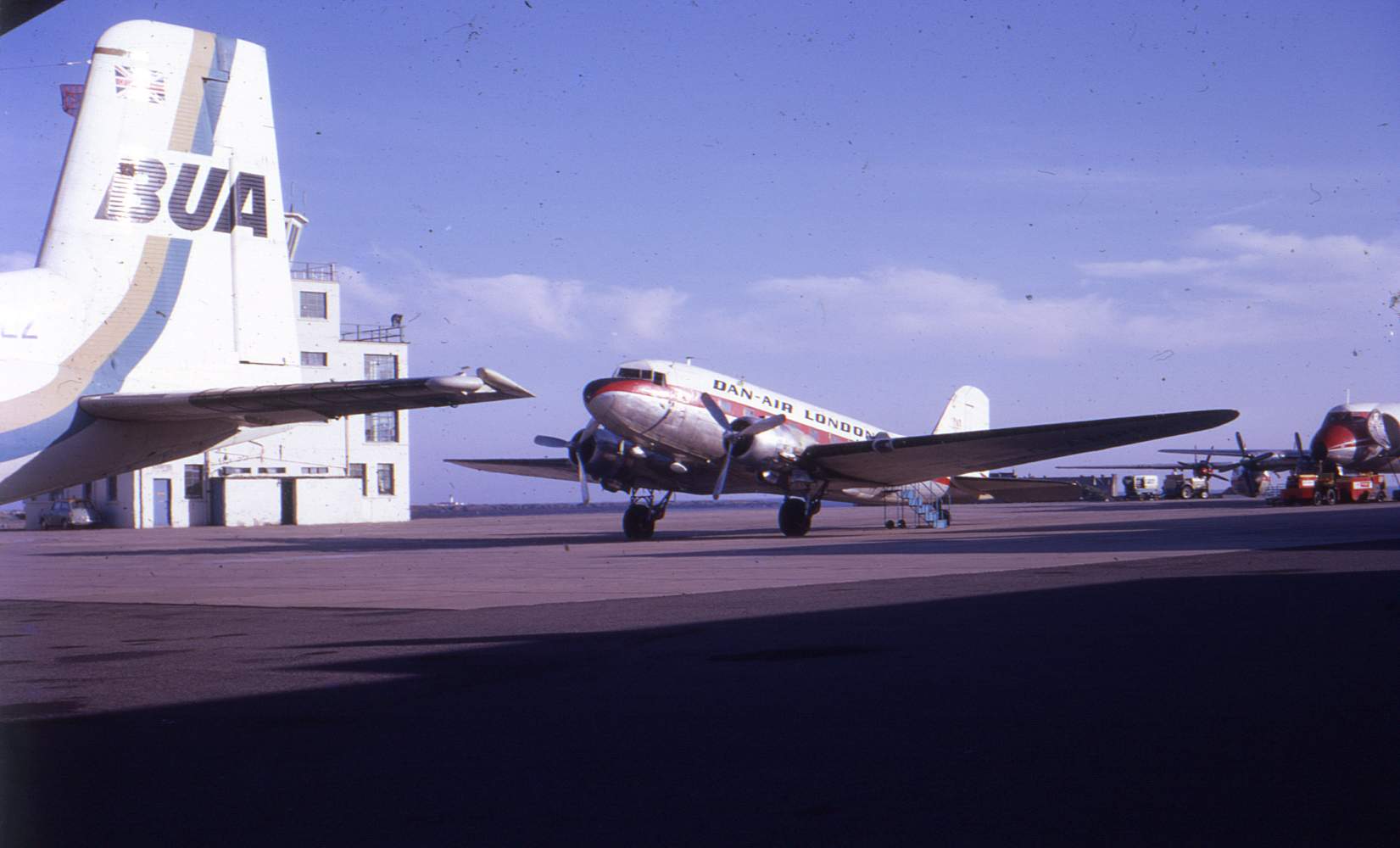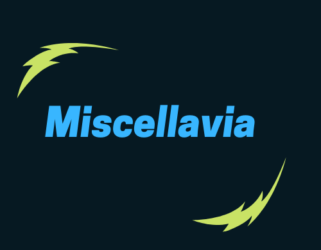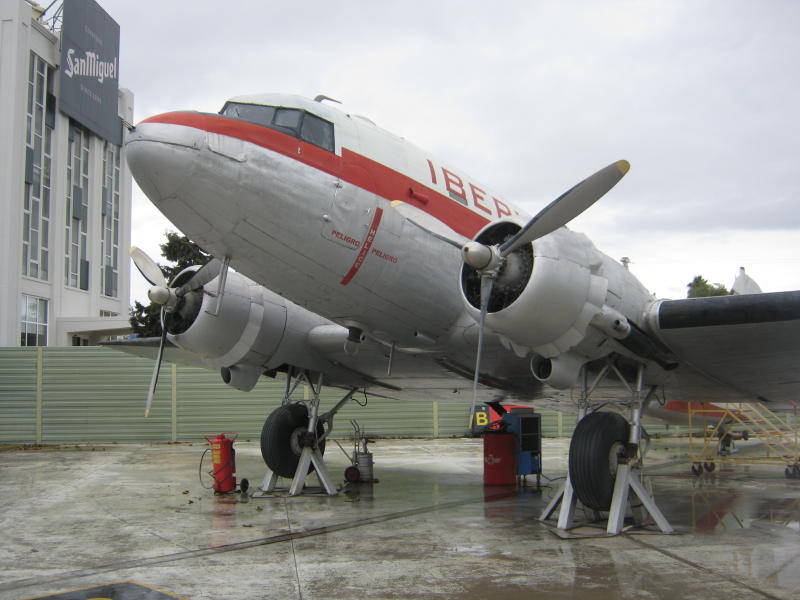
Built as a C-47B-50-DK at Oklahoma City in 1945, c/n 17094/ 34361 was delivered to the USAAF as 45-1091. Too young to serve in WW2, the C-47 began a long life of service with the peacetime American Air Force (1).
Her initial operator was the Air Transport Command 556 Base Unit at Long Beach, California which she joined on 20th August 1945. On 1st July 1946 she moved east to join 594 Base Unit at Topeka in the cornfields of Kansas. In line with most USAAF C-47Bs, 45-1091 was converted to a C-47D with the alteration of the two-speed superchargers which had been fitted to facilitate high altitude operations such as the flights over ‘the Hump’ in China. The second speed ‘high blower’ was removed.
Following the formation of the USAF, 45-1091 moved to the Military Transport Overseas division at Harmon Air Base in Guam on 27th October 1948. The C-47 served with #30 Weather Squadron before moving on to #15 Weather Squadron at Kadena, Okinawa, on 9th November 1949. A short spell was served with 2148 Air Weather Wing at Haneda, Tokyo, between 27th February and 12th May 1950, followed by a move to #3 Reconnaissance Squadron at Johnson Air Base, Honshu, Japan. On 22nd April 1952 a further move was made to join #11 Reconnaissance Squadron at Hickham, Honolulu, and, subsequently, #76 Recon, also in Hawaii.
A return to the USA followed with a posting to #41 Reconnaissance Squadron at Hamilton, California, on 28th September 1953. Military Transport Command service continued with a spell at Palm Beach with #87 Reconnaissance Squadron between 17th December 1953 and 8th April 1954 when she moved to #63 Recon. Squadron at Norton Air Base, San Bernardino, California.
The aircraft was allocated to the Air Rescue Service as part of the reorganisation of that group in 1954. As from 24th May 1954, 45-1091 was designated an SC-47D but whether her configuration fully encompassed this specification is unknown (2). Her first posting with an Air Rescue Squadron (ARS) is recorded as being with #63 ARS at East Kirby in Lincolnshire, England, as from 12th January 1955 (1). However, that squadron had returned to Norton Air Base, California, by 27th March 1955 so 45-1091 may have joined then there. A move was made to #64 ARS on 23rd March 1956, also at Norton, and to #61 ARS, Stead Air Base at Reno on 6th July, 1956. A return to Military Command Overseas was made in 1957 when 45-1091 joined #60 ARS at Itami, Osaka, Japan. A further Rescue Squadron move was made on 30th June 1957 when she joined #39 ARS at Ashiya, Kyushu, Japan.
(1) History of the C-47 is from Jennifer Gradidge’s Air Britain book ‘DC-1/ DC-2/ DC-3, the first seventy years’.
(2) Full specification SC-47s were fitted with extra observation windows, small lifeboats and Jet Assisted Take-Off capability.

45-1091’s military service with the USAF continued when her allocation to the Pacific Air Forces in 1957 led to a move to Ni58 Fighter Bomber Wing at Osan Air Base, Korea on 27th July. She was subsequently assigned to #6314 Air Base Group at Osan on 8th November 1957 before returning to the Air Transport Command in Texas in 1959.
On 9th February 1959 the C-47 moved to the Lakeland Air Material Command at Lakeland, San Antonio. This was a precursor to storage at Davis Monthan Air Base as from 23rd March 1960. Responsibility for storage and eventual disposal moved to the Reclamation Authority on 16th December 1960.
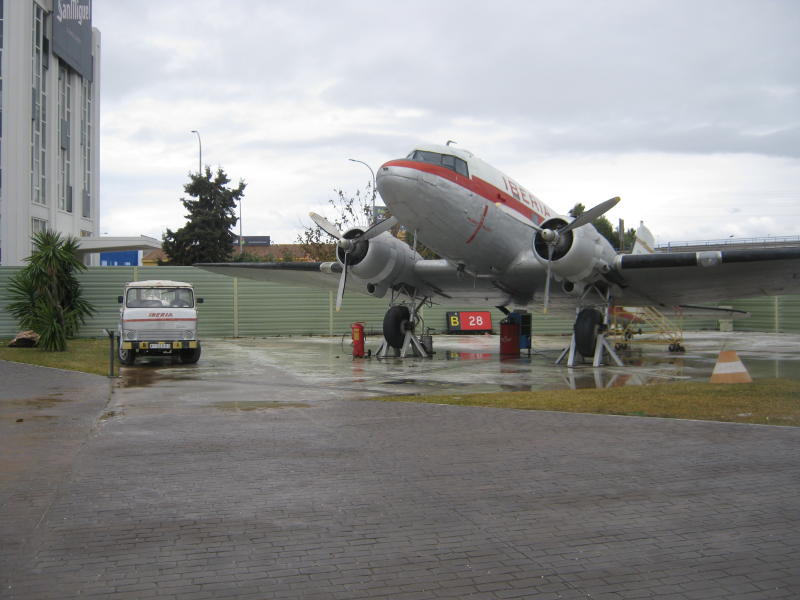
The Spanish Air Force acquired most of its C-47s in three tranches: around twenty were supplied by the US as military aid in 1956/57, a further thirty or so ex-military aircraft were bought via US aircraft brokers between 1959 and 1962 and a third batch of eleven arrived from Iberia in 1965 and 1966. Additionally, a couple of ex-RAF Dakotas arrived immediately post-war in 1947 and two more from the USAF in 1963. Their origin had a major impact on their eventual fate. The C-47s supplied under military aid operated with the Spanish Air Force almost to the nineteen eighties and, by then, they had no military value to the US. However, US government aid often precluded the resale of equipment to a third party and most of these C-47s were cut up for scrap at Madrid’s Cuatro Vientos air base. The aircraft supplied through two US-brokers, Aero American Corporation and The Charlotte Aircraft Corporation, had no such resale restrictions and those that survived until demobilisation were sold on the civilian market. Many of these went to two British organisations. Mike Woodley’s movie contractor Aces High bought at least six of the C-47s and Doug Arnold’s Fairoaks-based company Warbirds of Great Britain purchased a further eleven. Three of Arnold’s C-47s were originally machines supplied by Iberia but a further four of these moved on to museums and heritage operators. As will be seen later, the Malaga aircraft (which was not ex-Iberia) was sold into a different channel.

Military Service in Spain.
The C-47 was officially registered as N86442 to the Charlotte Aircraft Corporation on 5th October 1961. The US broker dealt with two main sources of C-47s for the Spanish Air Force: Piedmont Airlines and the military disposal (Reclamation) Authority at Davis Monthan Air Base in Arizona. Piedmont was an established US airline operating from Winston Salem, North Carolina which made them neighbours of Charlotte Aircraft who had been established at the Delta Air Base in the 1950s. At least four aircraft supplied by Charlotte Aircraft to the Spanish Air Force were sourced from Piedmont. However, the main source for C-47s supplied during 1961 and 1962 was the Davis Monthan storage facility. Four of the aircraft delivered to Spain came to Charlotte Aircraft via the Aero American Corporation who were based at Ryanfield, Tucson, and therefore neighbours of the Davis Monthan base (3). N86442, however, was one of the C-47Ds which appear to have been purchased directly from Davis Monthan by Charlotte Aircraft. The C-47s were tidied-up, serviced and flown to Spain by Charlotte Aircraft’s Ferry Service division.
The C-47 was known as the T3 in Spanish military service and N86442 was given the serial T.3-50 and delivered to Spain on May 5th 1962 (4). The ’50’ serial was retained throughout military service with prefixes describing the operating squadron applied as appropriate. Thus, the C-47 was painted as 461-50 when operated by Esquadron 461 from the Gando Air Base in Grand Canaria. She appears to have reached the Canaries air base around June 1970 and remained there as part of the eight-aircraft 461 squadron until March 1976. During this period, Esquadron 461 was a part of Ala (Wing) 46 Mixte which was involved in activities leading-up to Spain’s withdrawal from the Spanish Sahara in June 1975.
Subsequently, #50 became 745-50 with the training unit Esquadron 745 at Matacan. This probably took her up to retirement in 1977. The demobilisation of the air force’s fleet is summarised earlier, but #50 followed a slightly different path. Instead of being sold off in a large tranche, 745-50 and 721-4 were sold as EC-CPO and EC-BUG to the Spanish civilian operator Aerotransporte de Espana. The two Dakotas were serviced at the Air Force Cuatro Vientos air base during late 1977 and EC-CPO was delivered to the Alicante-based outfit on 15th June 1978. Aerotransporte de Espana had been formed in 1976 by Federico Candella and his family with the intention of operating freight charters from Alicante to European and North African destinations (5). They seemed undecided on their choice of hardware, having operated a single Navajo for some months before taking an option on a Trislander and attempting to register a Fairchild F-227. The two Dakotas were next on the shopping list and were repainted in attractive royal blue and white colours with ‘Cargo’ titles. However, they didn’t really fly operationally – EC-BUG reputedly flew some charters between Las Palmas and the African continent before returning to Alicante but EC-CPO remained parked-up at Zaragoza. While some crew training may have taken place from Zaragoza, the purchase of ex-Delta DC-6B OO-VFG/ EC-DCK in April 1978 seemed to overtake C-47 operations and EC-CPO may not have flown again before she was withdrawn from use on August 19th 1978. The DC-6B’s operation ranged across Europe during 1978 and ’79 but was largely on contract to other companies: operations for Iscargo to and from Iceland and for Nigerian Trade Wings to West Africa. The airline went out of business by 1980 and EC-CPO remained moribund at Alicante for 20+ years until purchased by the Malaga Air Museum and transferred south by road in 2003. Since then, she has been painstakingly restored in Iberia colours as EC-ABC, a DC-3 which crashed in the Pico del Telegrafio mountains, Cuenca, on 29th April 1959 while on a scheduled flight from Barcelona to Madrid. Those killed in the crash included the celebrated gymnast Joaquin Blume.
(3) Aero American also appear to have supplied the Spanish Air Force with a couple of C-47s directly.
(4) Details from www.joebaugher.com.
(5) Airline details from article by Stephen Piercey in Propliner #5.
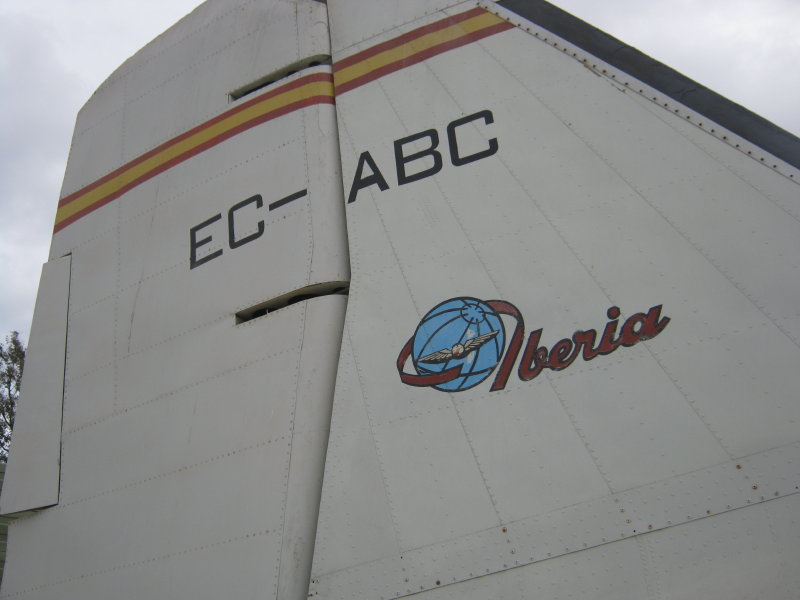
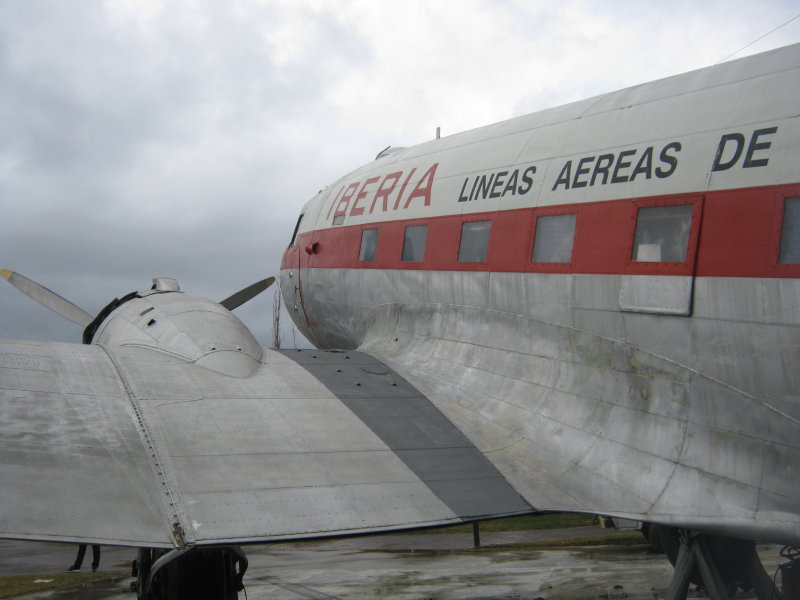
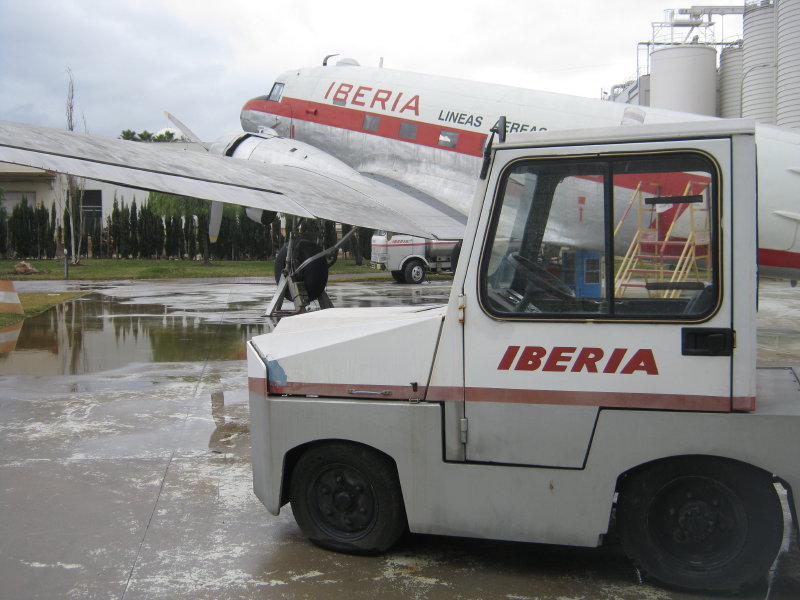
Hits: 137
